If you optimise different pages on your website for similar terms, your search rankings might suffer significantly. This is due to the so-called keyword cannibalization: the process in which your website content competes with itself, and search engines (such as Google and Bing) can’t decide which piece of content to rank higher, and therefore don’t rank at all or rank in a very low positions.
Whether you are running an e-commerce site, a corporate one, or a personal blog, understanding and resolving keyword cannibalization can help you drastically increase your website’s organic performance.
In this article, we share what keyword cannibalization is and how to avoid it on your website.
If you are new to the topic of keywords and SEO, then we suggest you first read our comprehensive articles that delve deep into the topic:
- What is SEO, and How does it Work
- What are Keywords
- How to Determine the Most Valuable Keywords to Target
- What is Keyword Stuffing and Why Does it Impact Your Website Negatively
What is Keyword Cannibalization
Keyword cannibalization is a fundamental SEO issue that occurs when multiple pages on your website target the same keywords and serve the same purpose. This leads to a situation in which different pages on your website compete against each other for appearing in search engines for the same search query. Such an occurrence can result in lower rankings and, therefore, diminished organic traffic for your website.
In short, keyword cannibalization results in:
- Lower SERP rankings: When pages from a single website compete in such a way with each other, none of them may rank higher in search results.
- Diluted link juice: in the event of keyword cannibalization, link juice coming from valuable backlinks can get diluted and therefore not impact rankings in a positive way, but rather in a negative one.
- Confused search engines: Google, Bing, Yahoo!, and other search engines get confused when determining which competing page should be ranked higher or lower in search results.
- Wasted crawling budget: Crawling bots use resources when crawling website pages and making them crawl pages with cannibalization waste their budget, as instead of crawling and ranking well-structured pages, bots are determining what to do with competing pages.
How to Identify Keyword Cannibalization
There are several ways you can identify cannibalization on your website:
1. Google Search
Use the Google website search tool to see which pages of your website (if any) appear in search results when searching with a specific query (keyword).
To do so, use this query in Google Search:
Site:yourwebsite.com “target keyword”
Now, browse the results and see wheter more than one pages on your website ranks for the same keyword – if this is the case, then these pages are cannibalizing each other.
2. Use Google Search Console
Google Search Console is a free and effective tool to identify cannibalization on your website. However, the tool requires a bit of manual work. Here’s how to perform the cannibalization audit:
- Sign in and click on Search Results in the Performance section:
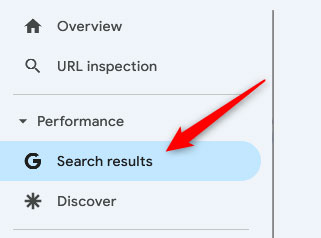
- Then, click on Add Filter:
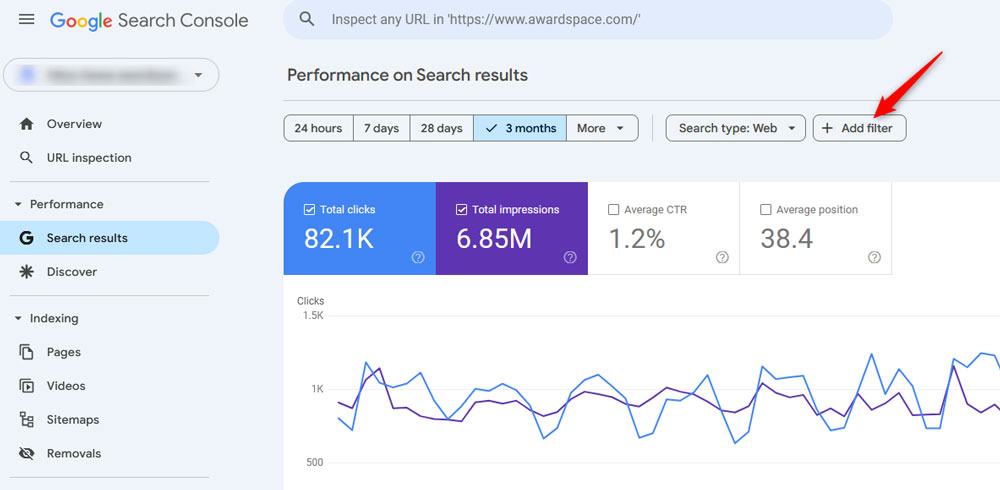
- Once you click on Add Filter, a new menu with options will appear. Select Query:
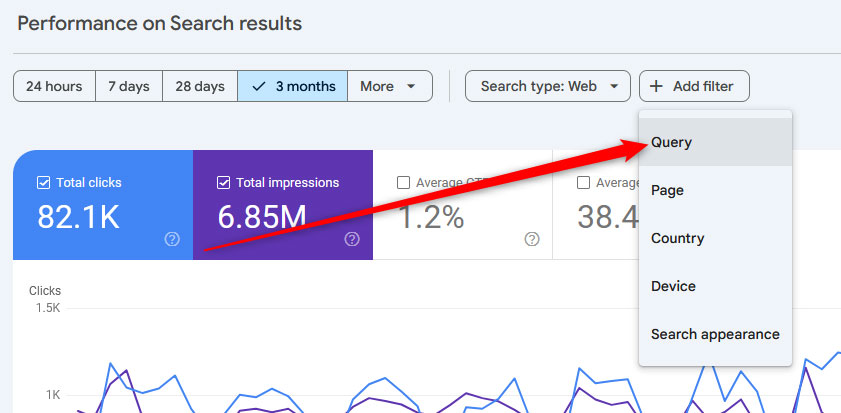
- A pop-up box will appear. Within it, type down the keyword you want to analyse and click apply.
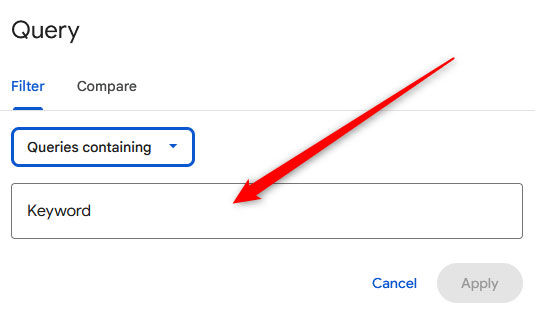
- Once the Search Console displays results regarding that query (keyword), navigate to the Pages tab:
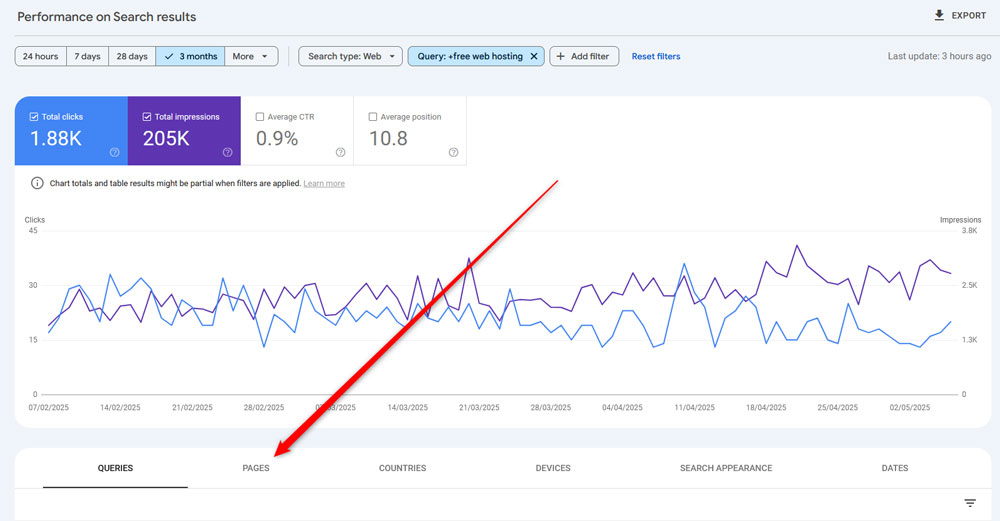
- Now, browse the list in the tab. If you see more than one result, this can be an indication of cannibalism:
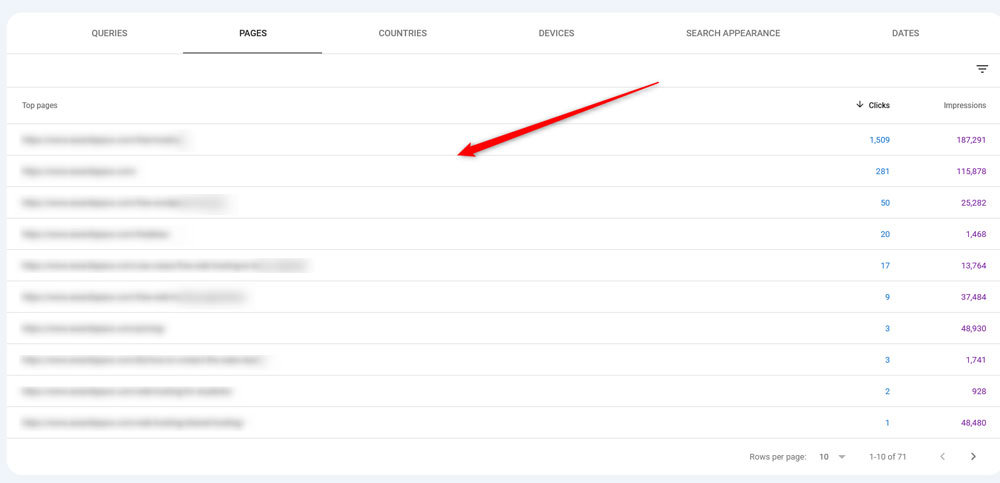
To make sure that these pages are cannibalising one another, browse them thoroughly and determine whether the keyword is performing the same purpose in all or some pages – should this be the case, then the pages are cannibalising each other.
3. Use SEO Tools to find Keyword Cannibalization
Numerous platforms can help you with your SEO endeavours: Ahrefs, SEMrush, Screaming Frog, and others can help you identify cannibalization issues and give you tons of information about overlapping keywords, duplicate pages and titles, and similar.
How to Fix Keyword Cannibalization on Your Website
Should you notice cannibalization issues on your website, you need to fix them to improve your rankings and organic performance. Here are some suggestions on how to proceed:
1. Use Redirects
You can use redirecting in a case of multiple pages that target the same keyword, such as:
- Multiple blog posts that cover the same topic.
- Using old versions of landing pages.
- Dealing with near-identical FAQ pages.
To use this method, first analyse your overlapping pages and determine the one with the strongest SEO potential.
Then, create an updated version of that preferred page. Add valuable information from call cannibalising pages and optimise new new one for the target keyword.
Then, publish the new version of your preferred page.
After that, implement 301 redirects from the cannibal pages to the new preferred page, so to tell search engines that the old ones are already replaced.
Then, identify all links that redirect to the old page and update them, so to make a redirect to the new page.
2. Use Canonical Tags
There are cases in which you need duplicate pages on your website. Such are the cases with:
- Dedicated pay-per-click landing pages
- Alternative paths to the same product categories
- Pages with complex URL parameters
In such cases, canonisation can help you prevent cannibalization;
Canonical tags use a special tag that tells search engines to point to one primary version of a duplicate page. This tag informs Google that the canonical page is the preferred page and that it is the one that should appear in search results.
3. Optimise Links
Keyword cannibalization can occur when a page with strong SEO signals competes with a similar page with a low SEO score – for example, you have a category page named /socks/ that is well optimised and another category page /socks/sports-collection/ which has a low SEO score.
In such a situation, Google may rank the first page higher for the keyword “Socks Sports Collection”, as it might struggle to notice the dfifference between both pages.
In this situation, you can direct the crawling bots to the right place by creating a link from the cannibal page /socks/ to the preferred page – /socks/sports-collection/ by using the cannibalised keywords “Socks Sports Collection” as an anchor text.
Furthermore, you can link to the cannibalised page from other relevant pages, so as to make sure that further cannibalization issues are being prevented.
4. Optimise Website Content
Keyword cannibalization may also occur when your website contains the same keyword on many related pages. The issue in this particular case is that such a website doesn’t contain a single focused page that aims at satisfying the searcher’s needs.
For example, you have two distinct category pages – “Electric musical instruments” and “Acoustic musical instruments”, and you target the keyword “musical instruments” for both categories. In this particular case, keyword cannibalization occurs and lowers your website’s chances of ranking better.
This issue can be fixed by publishing content that focuses on either “Electric musical instruments” or “Acoustic musical instruments” keywords and avoids using “musical instruments” as a main keyword. This, along with distributing the content within one of the two main categories, prevents your pages from cannibalising one another.
5. Use Noindex Tags
Noindex tags are special HTML codes that give a clear instruction to search engines and crawling bots: Do not include this page in search results!
In other words, noindex tags prevent the pages in which they are inserted from appearing in result pages and therefore prevent them from competing with the rest of your website’s content.
How to Avoid Keyword Cannibalization on Your Website
Now that you know what exactly keyword cannibalization is and how you can fix various cannibalization issues, it is time to read how to avoid such issues in the first place.
There are a few useful approaches you can instantly apply, so you avoid cannibalization issues across your website pages:
1. Regularly Make Website Audits
Periodically analyze your website’s content and look for overlapping pages, outdated posts, or obvious duplicate pages. Regular website audits help you find issues early, and maintain your website in a good health, which is always important, as a well maintained website helps Google rank it higher in search results.
2. Use the One Page – One Topic – One Keyword Formula
Before creating a new page, always check if there’s already existing content with the keyword you are about to focus on. To avoid cannibalization and lower rankings, always follow the One Page – One Topic – One Keyword principle, which means that for each single page on your website, you:
- Each individual page has content for a single topic and never for more than one topic.
- Each page contains a single topic and a single main keyword related to the topic of this particular page.
This approach will help search engines assimilate your website content better, understand your website and eventually rank it higher in search results.
3. Maintain a Keyword and Topic Map
Keep a record of topics and related keywords you have already covered on your website. Such a list can make it easier for you to spot gaps, avoid duplication and other cannibalization issues.
Conclusion – What is Keyword Cannibalization and How to Avoid it on Your Website
Keyword cannibalization can significantly impact your website’s ranking and organic traffic performancee negatively. When pages compete for the same keyword and search intent, search engines struggle to choose which one of these pages to prioritize when ranking content, and therefore rank none of the pages, or rank them in very low positions.
By understanding what keyword cannibalization is, how to fix cannibalization issues and prevent cannibalization on your website, you can significantly improve the search rankings of your website and boost your organic traffic greatly.
